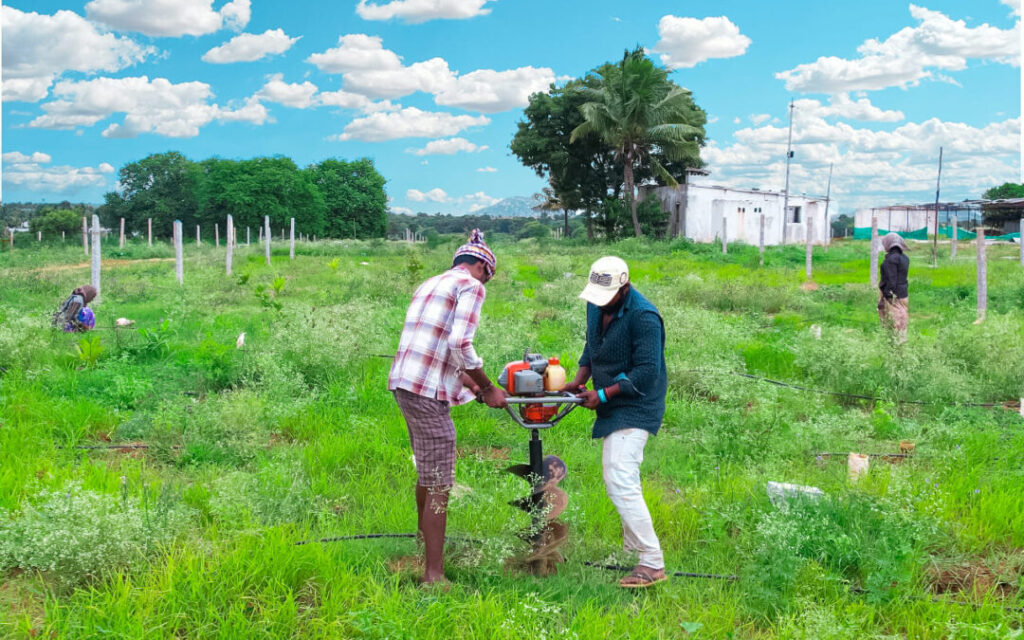
If you’re thinking of investing in farmland, there are a few reasons to consider it. First, farmland is an affordable investment, especially if you want to grow crops and pasture your animals. Second, livestock need land to roam and graze. Third, farmland can be used for agricultural production in addition to other purposes (such as tourism). Fourth, the soil on farmland is often rich in nutrients that can be used for agriculture. Fifth, farmers have been using farmland for centuries to produce food and fiber.
Farmland can provide a variety of nutritional benefits. For example, it can help boost the immune system and provide nutrients that are essential for human health. Agricultural land also provides other economic benefits, such as creating jobs and increasing production.
Farmlands can also be used to generate income. By growing crops on farmlands, farmers can generate money from the sale of goods and services related to their land. In addition, by stocking up on food grains or livestock feed, farmland can provide some form of financial security for farmers over the long term.
The environmental benefits of agricultural land include reducing greenhouse gas emissions and improving air quality. Agricultural land also helps to prevent soil erosion, which can lead to water shortages and climate change.
The first step in investing in farmland is to buy it. There are a few different ways to do this, but the most common method is to auction off the land. This can be an effective way to get your hands on some valuable property quickly, and it can also help you make money as you manage the land.
Another option is to invest in farmland through real estate. This process involves buying and selling land, typically for a higher price than what it would cost to purchase the land outright. You’ll need to have a good understanding of how the real estate market works in order to make this investment work for you, but it can be an effective way to invest in farmland without having to spend a lot of money upfront.
If you want to keep your farmland active and productive, you should consider using it as part of a crop rotation plan. This means rotating crops each year so that they produce different types of foodstuffs that will help maintain the land’s fertility. This can save you money on agriculture costs over time as well as provide increased income from alternating crops.
When planning to invest in farmland, it’s important to consider the size of the estate. Estate sizes can vary from a few thousand acres to hundreds of thousands of acres. Additionally, consider the location of the property. If you want to purchase land near a city or other urban area, you may find that the prices are higher than if you purchase land farther away from town.
When considering where to place your farmlands, it’s also important to consider the location of your estate. If you want your farmlands to be used as part of an agricultural estate (i.e., for growing food), you should look for a location that is accessible by car and has good roads leading into it. Furthermore, make sure that your estate has enough space for agriculture and other types of development that will be required for long-term sustainability.
In order to make money from your land, it’s necessary to have a large amount of farmland on hand. For smaller estates, simply purchasing more acreage may not be sufficient. Instead, you may need to develop or lease out portions of your property in order to earn revenue from sales and rentals (i.e., “turning”). In addition, larger estates might require more than one acre per customer in order to generate revenue (i.e., “grazing”). When planning your farmland estate size, be sure to take into account these factors so that you can make informed decisions about how much land (and money) you should purchase.
When planning your farmlands, it’s important to consider the level of development that will be required for long-term sustainability. If you want your farmlands to be used for agriculture only and not for other purposes (such as building houses or commercial spaces), you may find that the land is too small. However, if you want to make your farmlands available for other types of development (e.g., housing or office space), you may need to purchase a larger amount of land.
Investing in farmland can have a variety of benefits. The nutritional benefits of farmland are clear, as these acres provide plenty of fresh produce to eat. Additionally, the economic benefits of land can be considerable. By auctioning off or investing in farmland, you can make a quick and tidy profit. In addition, managing agricultural land through crop rotation is an excellent way to generate income and improve the environment. If you’re looking to invest in land for real estate purposes, be sure to consider the size of your estate and its location.